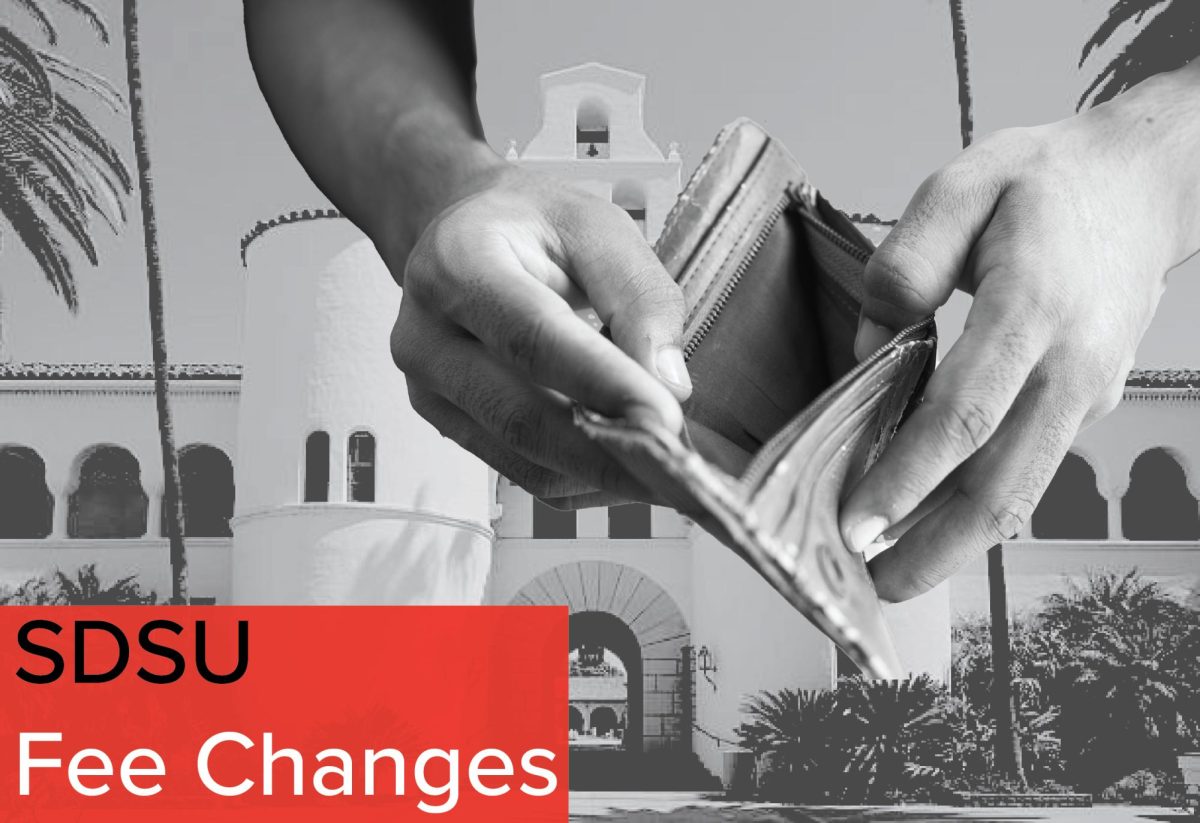
Every student knows the start of a new semester can mean only one thing: It’s time to kiss your savings account goodbye. Tuition, fees, parking permits and, worst of all, textbooks conspire to force you back into starving student mode. Many make the dreaded phone call home to ask for extra funds. Others painfully fork up a paycheck or two in one trip to the bookstore.
We know how it feels to head home with a light wallet and a heavy bag of books after spending an hour or two fighting the crowds for overpriced required reading. Textbook prices never lose their shock value semester after semester.
According to a 2005 report by the U.S. Government Accountability Office, textbook prices increased an average of 6 percent per year from 1987 to 2005, a total growth of 186 percent. That means textbook prices have almost tripled since 1986. The same report found that during the 2003-2004 academic year, full-time public university students spent an average of $898 for books.
That represents an additional 26 percent of average tuition and fees students were forced to pay.
This enormous burden has some serious effects on our education. For instance, many of us wait on purchasing the required reading for a class until we are sure that we can’t scrape by without it. Many times students wind up never getting the book and consequently don’t get much out of the class.
Some students even choose their classes based on required texts, or preferably the lack thereof. Insane textbook prices may even push the cost of college just out of reach for many. Others are forced to cut into study time, laboring at part-time jobs for longer and longer hours to pay for inflated fees and books. The cause of all this pain is actually quite simple.
The nature of the textbook industry creates dangerous distortions if not properly checked by an external authority.
Imagine walking into your local Borders and picking out a $200 book. You’d have a small heart attack, put it back on the shelf and run for the hills. The same scenario at the San Diego State Bookstore goes a little differently. Either you have a small heart attack, put the $200 book back on the shelf and sign on to WebPortal to start looking for alternative classes, or you bite the bullet, buy the beast and get online to start looking for jobs.
Students are a captive market. If you want to take the class, you have little choice but to buy the book, meaning demand is inelastic and prices can skyrocket without book sales declining. When the consumers paying for a product are not responsible for selecting the product, increased prices are nearly inevitable unless somehow regulated.
Textbook publishers also have a number of tricks to keep students paying full price rather than finding less expensive used books. One of the most obvious methods is the constant revisions and new editions that seem to come out almost every year. For some rapidly changing fields, such as advanced sciences, this up-to-date information is vital. However, for others such as history, it is completely unnecessary. Another increasingly popular scheme is to bundle books with CDs or online programs to prevent students from buying components separately or finding used copies.
So what about the people who are in charge of selecting course material? It is our professors who have the most power to become our saviors. They choose the books, so it is they who have the power to demand more affordable ones.
Many professors are aware of this issue and have made appropriate choices. One such professor is Dr. James Ingram in the political science department. He pointed out that professors are almost always given a free copy of the textbook from the publisher, so unless they are proactive about asking for price information, they might have no clue how much it costs students. Ingram is an example of one professor who is willing to be a proactive educator with his students’ best interests at heart. He has changed books to reduce cost, used free online sources such as JSTOR and ProQuest and tried to set up a book exchange between outgoing and incoming students.
“Professors are going to have to wake up,” Ingram said. “If we deal with publishers and tell them price is a criterion, then we can demand lower prices.” Ingram is just one professor who has gone out of his way to ensure that education remains affordable. The options are out there: less expensive books, student book exchanges, JSTOR, ProQuest, electronic course reserves and other free online sources.
So why are there still so many classes costing students hundreds of extra dollars they can’t afford? Especially at a time when fees and tuition are rapidly increasing and public funding is in doubt, educators need to realize that any way to reduce student costs is absolutely vital to maintaining quality higher education. As Ingram said, “We’re closing off the opportunity for education.” And that is simply unacceptable. So professors, it’s time to “wake up” and live up to your potential and responsibility. Educate, don’t impoverish.
—Randy Wilde is an international security and conflict resolution junior.
— The views expressed in this column do not necessarily reflect the opinion of The Daily Aztec.
ADD YOUR VOICE: How much did you spend on textbooks this semester? Tell us below!






